Huiqiang Liao
Convolutional herbal prescription building method from multi-scale facial features
Dec 17, 2018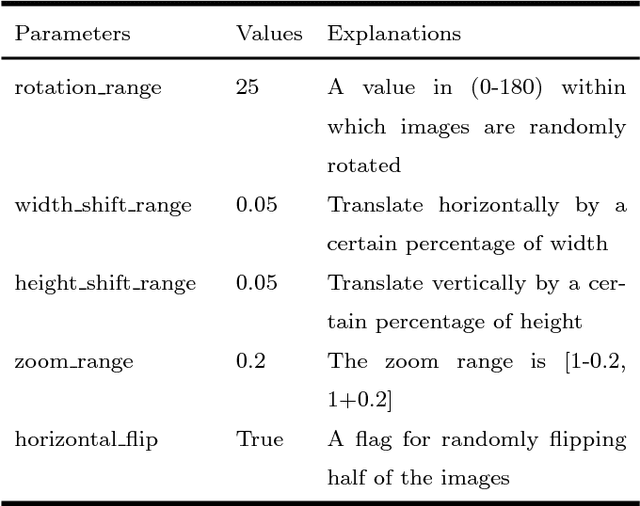
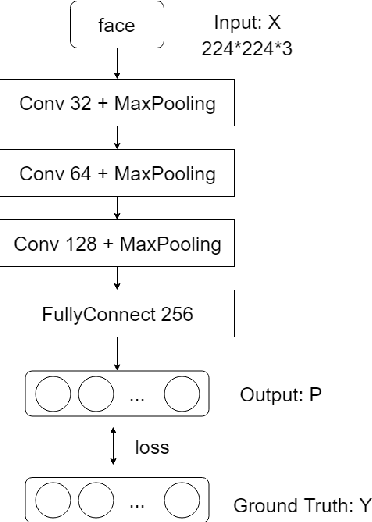
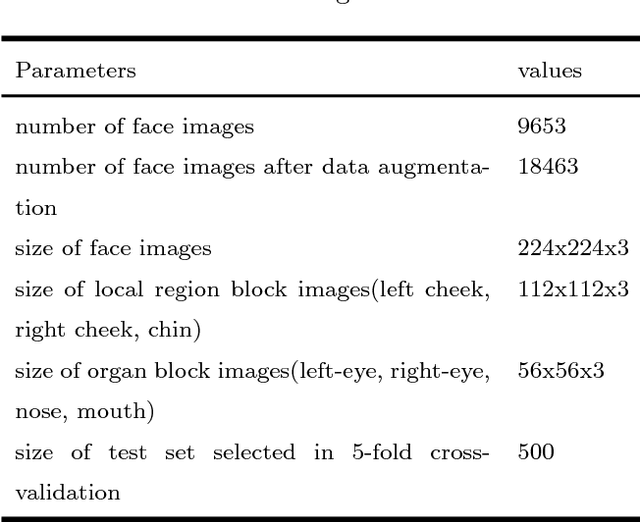
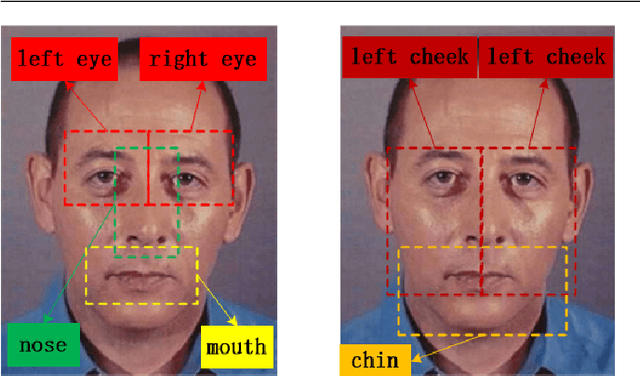
Abstract:In Traditional Chinese Medicine (TCM), facial features are important basis for diagnosis and treatment. A doctor of TCM can prescribe according to a patient's physical indicators such as face, tongue, voice, symptoms, pulse. Previous works analyze and generate prescription according to symptoms. However, research work to mine the association between facial features and prescriptions has not been found for the time being. In this work, we try to use deep learning methods to mine the relationship between the patient's face and herbal prescriptions (TCM prescriptions), and propose to construct convolutional neural networks that generate TCM prescriptions according to the patient's face image. It is a novel and challenging job. In order to mine features from different granularities of faces, we design a multi-scale convolutional neural network based on three-grained face, which mines the patient's face information from the organs, local regions, and the entire face. Our experiments show that convolutional neural networks can learn relevant information from face to prescribe, and the multi-scale convolutional neural networks based on three-grained face perform better.
Automatic construction of Chinese herbal prescription from tongue image via CNNs and auxiliary latent therapy topics
Mar 01, 2018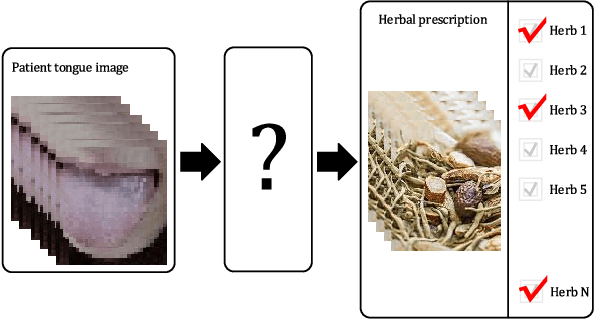
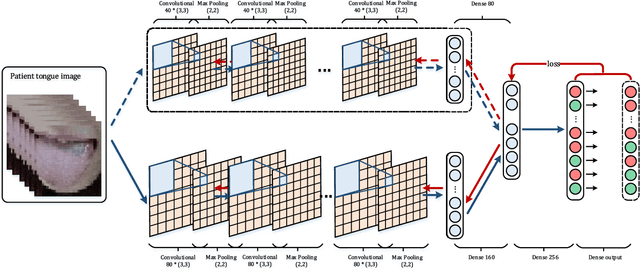
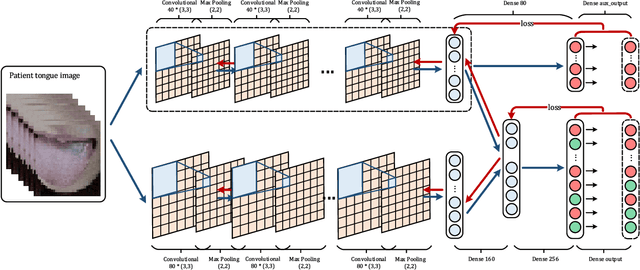
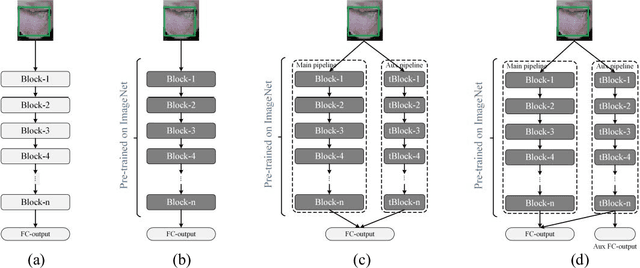
Abstract:The tongue image is an important physical information of human, it is of great importance to the diagnosis and treatment in clinical medicine. Herbal prescriptions are simple, noninvasive and low side effects, and are widely applied in China. Researches on automatic construction technology of herbal prescription based on tongue image have great significance for deep learning to explore the relevance from tongue image to herbal prescription, and can be applied to healthcare services in mobile medical system. In order to adapt to the tongue image in a variety of photographing environments and construct the herbal prescriptions, a neural network framework for prescriptions construction is designed, which includes single / double convolution channels and fully connected layers, and propose the mechanism of auxiliary therapy topic loss to model the therapy of Chinese doctors then alleviate the interference of sparse output labels to the diversity of results. The experimental data include the patient tongue images and their corresponding prescriptions from real world outpatient clinic, and the experiment results can generate the prescriptions that are close to the real samples, which verifies the feasibility of the proposed method for automatic construction of herbal prescription from tongue image. Also, provides a reference for automatic herbal prescription construction from more physical information (or integrated body information).
 Add to Chrome
Add to Chrome Add to Firefox
Add to Firefox Add to Edge
Add to Edge